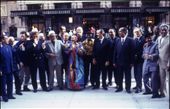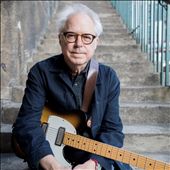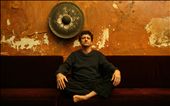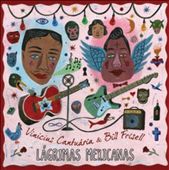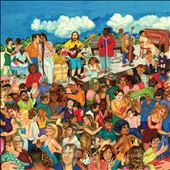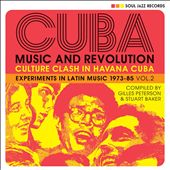Latin
•
Cuban Traditions
»
Danzon
The Cuban dance style Danzon traces its origins to the Spanish contradanza, itself a product of English country dancing of the 16th century. Upon the contradanza's arrival in Cuba during the 18th century, it quickly rose to prominence as the island's national dance. At the close of the 19th century, the Cuban contradanza became freer and more spontaneous, giving way to its evolution into the danzon; originally played by brass bands ("tipicas"), by the 1920s performances were dominated by charangas, ensembles featuring violin, cello, piano, guiro, clarinet, flute, bass, and double drums. By the late '30s, the danzon had given birth to the mambo.

